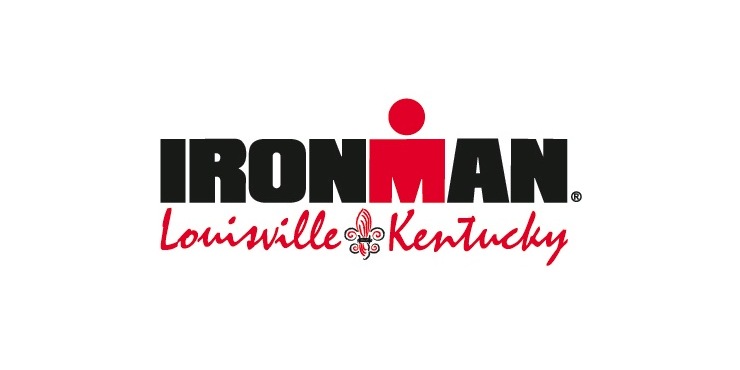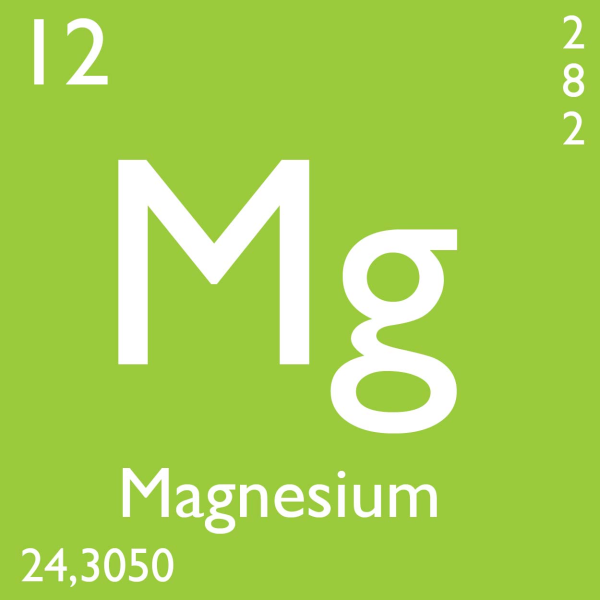Metabolism 101 Video Series #2 Making Energy Overview
🔆Your body is pretty cool on this part. It has a lot of ways of accomplishing the same tasks, a hierarchy of activities and roles and ways to compensate like none other. I think our kind of primitive way of doing medicine, my opinion please, as insurance has driven a dumbie-ing down of things so to speak. The Indian wise woman knew a lot more. Functional nutritionists like myself and functional medical docs are going in the direction of the wise woman, with cool tests to back it up.
The intention of this lecture is to help you understand a bit more about: ✅HOW the body TRANSFERS ENERGY, ✅what that even means, and ✅how that applies to what you are doing. The hope is that you realize that things are bigger and more complex than what we are defaulting too.
Then you will realize that this diet or that diet, while it might have good intentions … we need to take a step back to see HOW and WHY and apply those principles to the INDIVIDUAL so a person can find their JAM, it be a lifestyle change. And they are smarter to support the BIG EPIC goals and activities, in a healthy and safe way.
ENERGY CAN NOT BE CREATED OR DESTROYED
Smarites many years ago came up with these principles. Newton and his laws. The laws of Thermodynamics. This principle is very important to understand. In life. We think we are invincible and and that we can just keep going forever. If we were to think about yourself as a car, with a battery, alternator, oil, gas and what not, we would be so much better off in understanding that we just can’t go 90 miles an hour all day long and something bad not happen. We know this about the car. How in the world do we lose sight of this with our own body.
The science behind this is, for nutrition, is simple. The nutrients in food, they are put together with chemical bonds. Like two or three ingredients that “combine” to form say glucose. When the body uses ENZYMES to “break” the “bonds”, energy is “released”.
First.
ATP: body’s “energy currency”. Just about every CELL in the body needs ATP to do it’s J O B
- ATP is required to move skeletal muscle
- ATP is required to contract our digestive muscles
- ATP is required to produce enzymes
- ATP is required to carry molecules across cell membranes
- ATP is required to process what you see
- ATP is required to think thoughts
- the list goes on and on and on
ATP is made from nutrients in the body obtained from metabolism, or what we eat and digest/absorb/…
To keep it simple, just think about it like this. Your body is super cool in that on the fly it can use the nutrients in the blood to combine and break in order to make ATP. Then the body will “pull” nutrients for the liver and the muscles in order to do this J O B. Again to keep things simple, in relation to working out and ENDURANCE training, we get these nutrients for two places.
💥Triglycerides💥 & 💥Glycogen💥
These are the “storage” form of FATTY ACIDS (fat) and CARBOHYDRATES. These two are stored in both the liver and the muscles. So two important things to say here.
- ❤️Be mindful to not villianize Triglycerides. They aren’t from the devil. They are needed in the body. In the correct amount.
- ❤️ While the body CAN use protein for “fuel” to make ATP, it is not really designed to do that. It is a BACKUP method. Please think about that for a moment. And don’t take this to think that protein isn’t important in the body. It is not the designed means for making ATP, but it is required to provide the building blocks to help the body make ATP from triglycerides and glycogen.
BEANS WITH OUR AVOCADO / GUACAMOLE
- 💥Simple sugars (glucose) from the BEANS (complex carbs)
- 💥From the beans: fiber for the GI track to feed gut bacteria to convert short-chain fatty acids
- 💥Beans Protein: amino acids
- 💥Avocados fat into fatty acids
- 💥Glucose goes to our liver, stored as glycogen
- 💥Short-chain fatty acids that the gut bacteria makes from the fiber, usually used as energy within the colon/intestinal epithelial cells
- 💥Avocado’s longer-chain fatty acids go to the liver to be converted into triglycerides
- 💥Amino acids from this meal go into the body’s amino acid pool, which provides the body with material for new proteins, but can be used as fuel as well.
MAKE AND REPLENISH ATP IN MANY WAYS DEPENDING ON:
- How QUICKLY we need energy
- How FAST the reactions are happening
- What nutrients are AVAILABLE (c / f / p)
- If there is ENOUGH O2 to contribute to the reaction
3 Main Ways the Body Produces ATP
- 💥ATP-PCr (super fast)
- 💥Glycolytic Pathway
- 💥Oxidative Phosphorylative Pathway

ATP-PCr is a super fast system that can only support a couple of sections of activity. This system recovers fairly fast. But it does take some rest. Think of this like when you are doing sprint intervals.
Glycolytic Pathway is a very quick system as well, providing ATP for just a bit longer, like 10-15 seconds. This system makes ATP much slower than the ATP-PCr though they both last about the same. This is a much more complex system, with many more enzymatic processes involved. It produces a lot of hydrogen as a by product which can be harmful. Think of them as very unstable and can be like Wreck it Ralph. Hydrogen gets gets “buffered” with the ending result a lactic acid.
Lactic acid is designed to buffer the hydrogen ions (harmful dudes) and carry them out of the cells where they don’t reek havoc. This is what allows us to continue to exercise.
Oxidative Phosphorylative Pathway uses two processes, the krebs cycle and the electron transport chain. This process is designed to run a lot slower. So when the requirement for energy (aka ATP) is lower/slower, instead of using “energy components” to make lactic acid, it shuttles those “components” into the krebs cycle. And this is where we start thinking about carbs, fats and proteins can be used to provide “components” into the krebs cycle to support this “engine” of making ATP. When things are rolling smoothly, the hydrogen ions made during this process do different things than make lactic acid and get moved to the electron transport chain where they will make MORE ATP. A LOT MORE!!!! This is why that gray zone training, where you aren’t completely in this way of producing energy can be hard on the body.
Heart rate training aligns directly with these three ways of producing ATP / ENERGY. If you follow a good heart rate training program that stimulates and helps the body improve and become more efficient with these. AND YOU UNDERSTAND it better, you become a smarter and stronger athlete and racer. In this way you can do well with training, racing and what sideways stuff happens. Like it’s HOT. Or mother nature decides to throw 25+ MPH winds your way and you have to work hard, but your race is x long so you know you can do y.
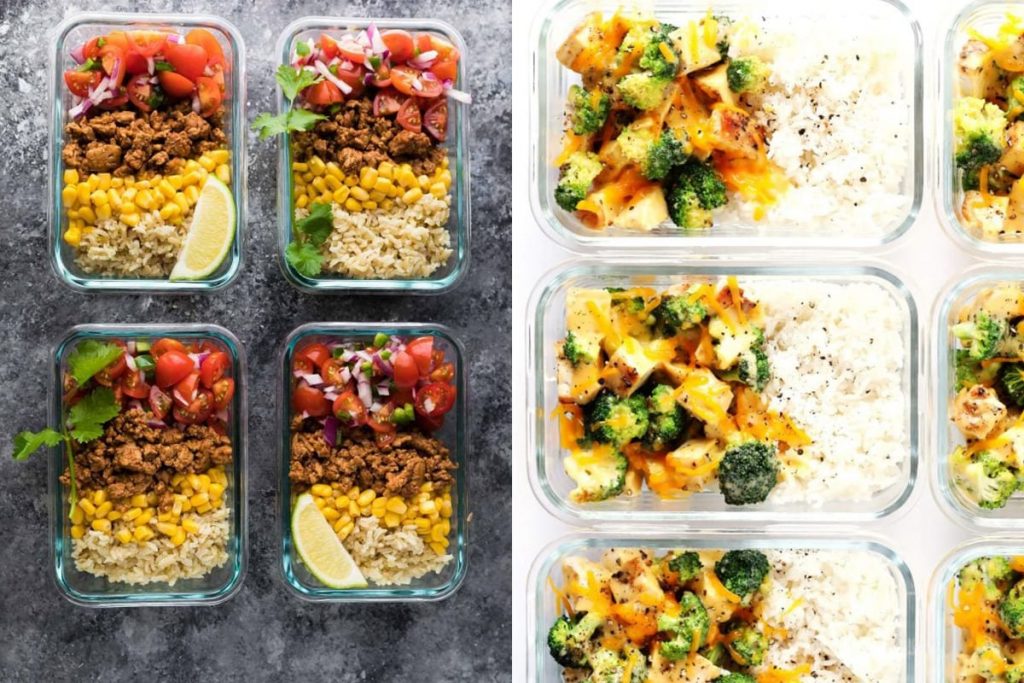

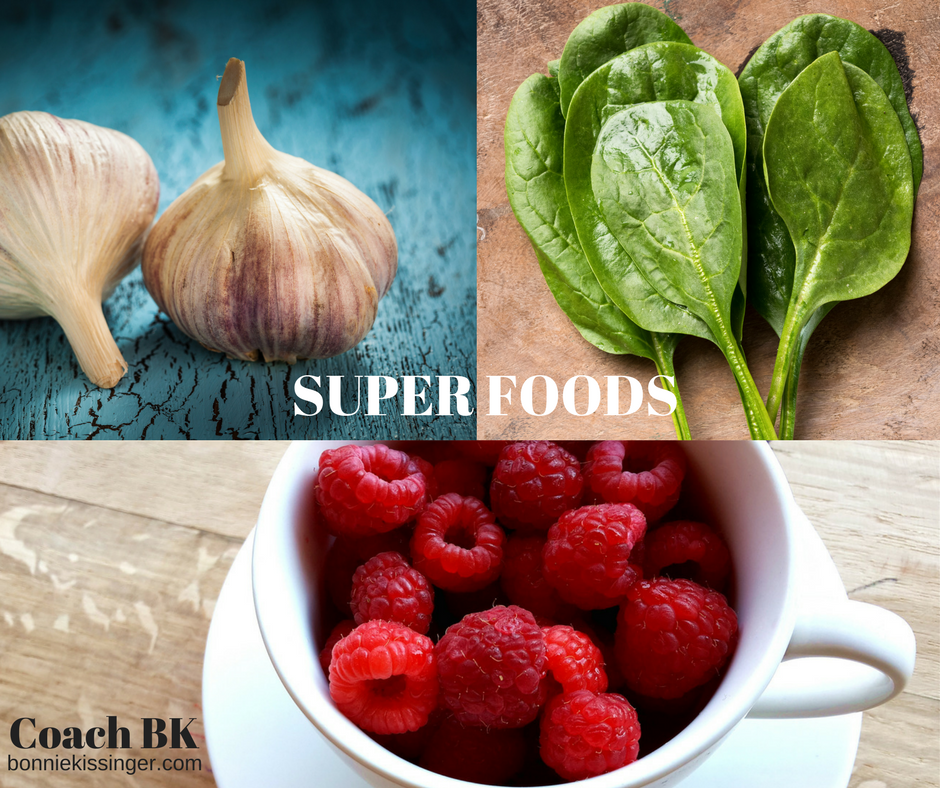
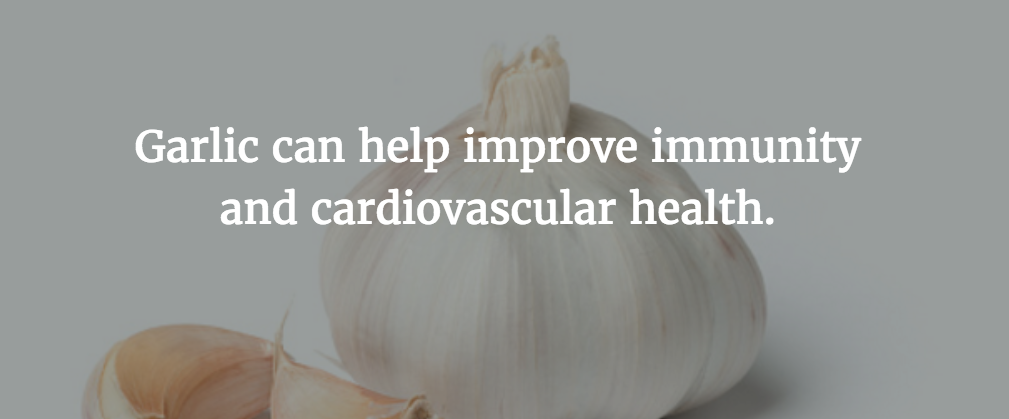
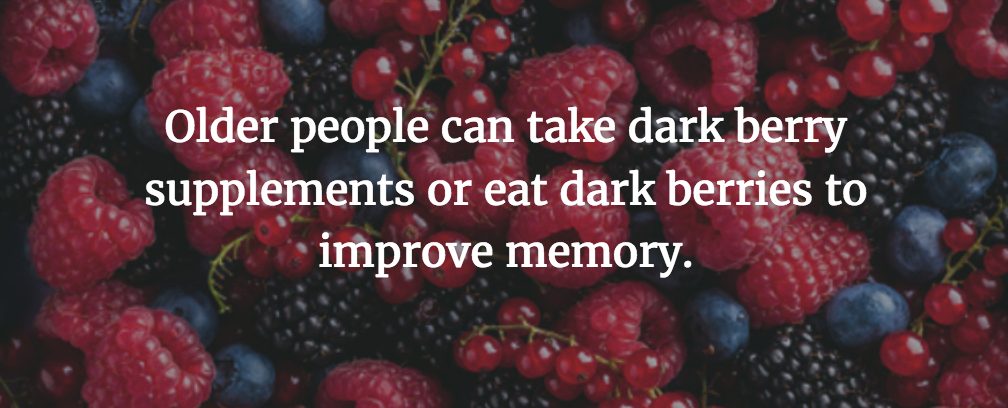
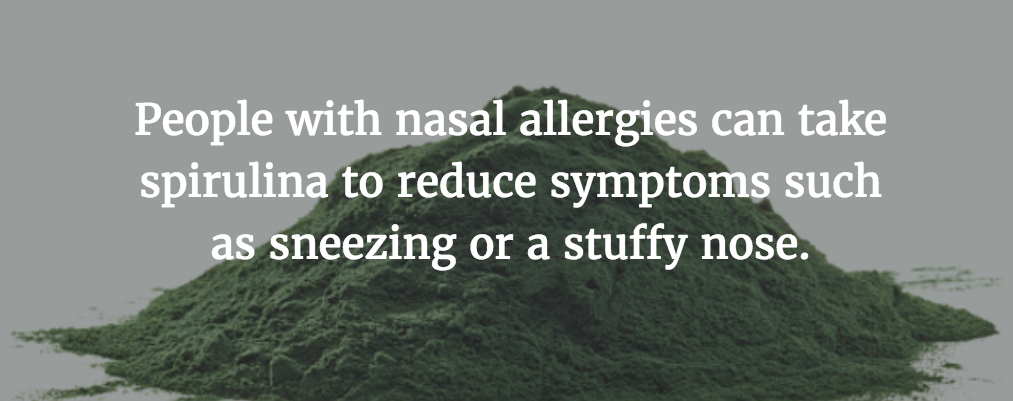
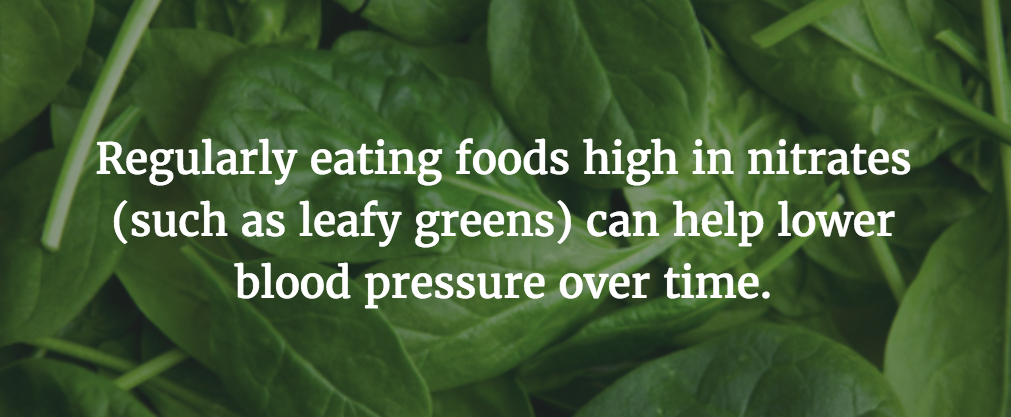

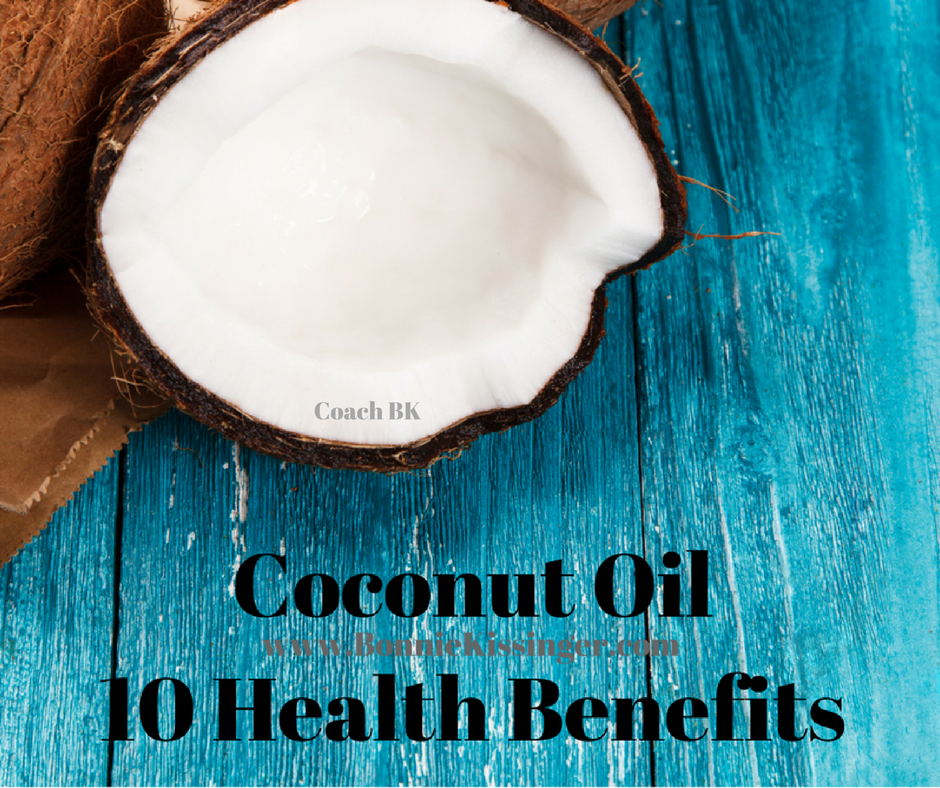
 Coconut oil has been demonized in the past because it contains saturated fat.
Coconut oil has been demonized in the past because it contains saturated fat.





